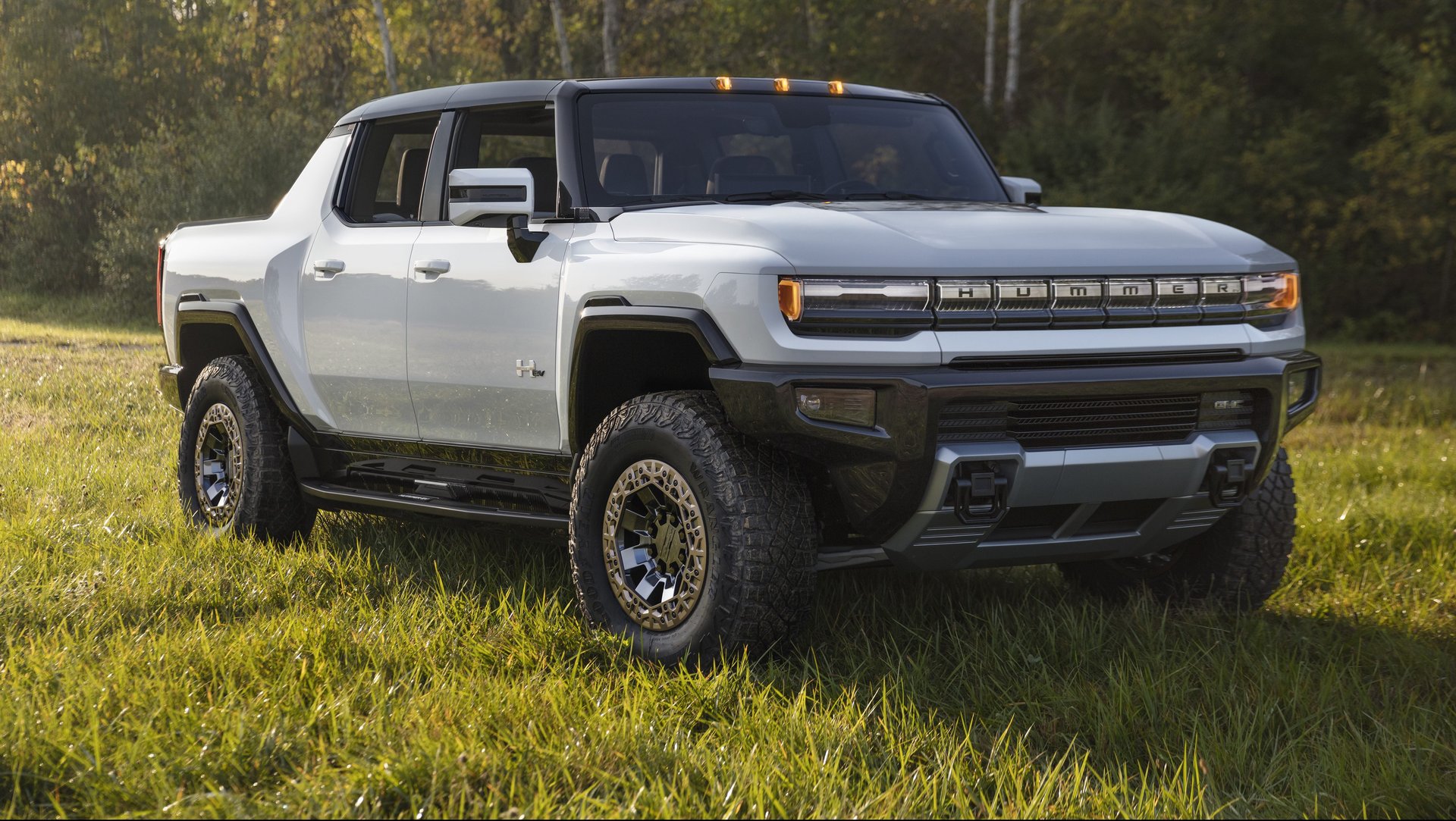Why America needs the $112,000 electric Hummer
Reintroducing the Hummer might not seem like an obvious choice. Launched in 1992, the vehicle deployed in the US’s 1990 Gulf War found a civilian audience. At its height, the street-legal version of the urban assault vehicle and its toned-down co-branded siblings sold 71,524 units in 2006. But the truck had a reputation as a gas-guzzling albatross, conveying vulgarian excess especially after the US slipped into the Great Recession.


Reintroducing the Hummer might not seem like an obvious choice. Launched in 1992, the vehicle deployed in the US’s 1990 Gulf War found a civilian audience. At its height, the street-legal version of the urban assault vehicle and its toned-down co-branded siblings sold 71,524 units in 2006. But the truck had a reputation as a gas-guzzling albatross, conveying vulgarian excess especially after the US slipped into the Great Recession.
“The Hummer kind of became an enemy of the state,” said Jessica Caldwell of Edmunds, an automotive market intelligence firm. “The sentiment it was founded on was no longer cool.” By the time the brand was discontinued in 2010, gasoline prices nearly tripled.
The electric Hummer
Now it’s coming back, reincarnated as a $112,000 “halo” electric vehicle (EV) casting its virtue on the brand and GMC itself. The company revealed the 2024 Hummer EV SUV last week (with an ad narrated by LeBron James) offering 830 horsepower and a “Watts to Freedom” mode that accelerates from zero to 60 mph in about 3.5 seconds.
“It shows the pinnacle of what GM can do,” adds Caldwell. “It’s going to cost a lot, but it’s going to have everything.”
If the US vehicle market has sent one message over the last decade, it’s that Americans want large vehicles. In 2016, analysts were shocked when the share of such automobiles—trucks, SUVs, and crossovers—surpassed 50% of the US auto market. The trend has only accelerated since then, accounting for more than 70% of new sales in 2020 amid the country’s worst pandemic (and steepest economic crash) in a century.
Trucks and SUVs are luxury vehicles
High-end versions of pick-up trucks and SUVs sell for nearly double the US median vehicle price. The Chevrolet Silverado ($53,000), GMC Sierra Denali ($54,000), Ram 1500 Limited Longhorn ($71,000), or the $75,000 Ford F-150 limited (with massaging front seats, moonroof, and leather interior), are all popular—and enormously profitable. Truck owners (almost 90% male) are willing to pay top dollar and are a fiercely loyal bunch: 80% plan to buy another truck, the highest loyalty rate of any vehicle category.
Electric vehicles, while growing fast, haven’t even approached this success. Last year, EV sales hit an all-time peak of 1.8% in the US. Only in Norway, the world’s leading EV car market by share, have electrics reached a majority of new vehicle sales. Buyers there are supported by generous government perks. Everywhere else, average car buyers haven’t switched en masse.
To win over the majority of drivers, EVs will need to match or beat internal combustion engines on cost, range, and refueling options, says Karl Brauer an executive analyst at iSeeCars.com. All three are moving in the right direction: battery costs are falling, range is rising, and the US has begun building out charging infrastructure. (The new infrastructure bill winding its way through Congress may further boost the installation of chargers.) “But until then,” he says, “they will not sell as well as internal combustion engines.”
EV buyers are luxury buyers
That means the EV market remains a premium one. GM, which owns Chevrolet and GMC, learned this the hard way after releasing the Chevy Bolt. It was an engineering tour de force. Fans raved about the sedan, aimed squarely at sensible buyers who wanted a practical vehicle. But that has not translated into commercial success. Last year, GM sold about 20,000 Bolts in North America compared to 206,500 of Tesla’s racier (and often more expensive) Model 3. GM got the message.
“It actually makes a lot of sense to reintroduce the Hummer,” says Brauer. “It’s not going after the mainstream. It’s going after desire.” People who buy expensive trucks and SUVs want vehicles that do it all: carry lumber, ferry kids to soccer practice, serve on date night, and impress the neighbors. Not that they use them this way. Only 25% of truck owners ever go off-road or tow an object. But vehicle research firm Strategic Vision found that truck buyers’ top priorities are vehicles’ ability to “outperform others, look good while driving, present a tough image, have their car act as an extension of their personality, and stand out in a crowd.”
Marketers know this. During this year’s Super Bowl, GM ran a media blitz promoting its new electric lineup, almost entirely SUVs and trucks led by the Cadillac Lyriq SUV and the GMC Hummer EV, both due out next year. The Bolt was nowhere to be seen. GM plans to have 30 EVs on the market by 2025.
The Hummer EV vs Tesla Cybertruck
The Hummer EV will now compete head-to-head with Tesla’s Cybertruck, a mobile fortress with armored glass, “ultra-hard 30X cold-rolled stainless steel,” and a 250 to 500 mile-range standard. (Demo versions lacked legal niceties such as rear-view mirrors, side mirrors, and seat belts.) Rivian, Lordstown, and Bollinger are all entering the EV truck market, along with incumbent automakers.
This year, US buyers will be able to choose among 19 SUVs and trucks, twice as many as last year, according to automotive market intelligence firm Edmunds.
The environmental credentials of a 2.5-ton electric truck are questionable. But millions of Americans have decided it’s desirable to have a multi-ton vehicle as their regular ride. For some, the Hummer will fit perfectly.